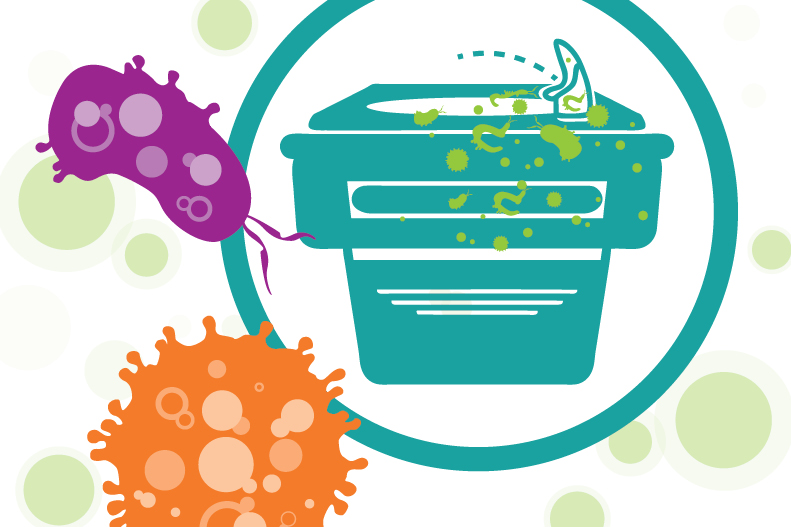Germs are tiny microorganisms that exist all around us. They can live in body fluids like stool, mucus and pus as well as in food and untreated water. They can live on counter tops, water faucets, toilets and other inanimate objects. Germs can even live and spread through the air.
Children, who are little bundles of constant energy, may not always be worried about germs while they’re busy learning, sharing pencils and paper (and snacks!) with schoolmates, or running around on the playground. Yet, as a parent, germs and how they may affect your child are front-and-center in your mind. With back-to-school season just around the corner and cold and flu season following soon after, it’s important to instill good hand-washing and hygiene habits in kids to help stave off germs in the classroom and beyond.
Germs cause various illnesses such as diarrhea and respiratory illness like the cold or flu. They enter the body through the eyes, nose and mouth. Therefore, it is important to develop good hand washing habits in order to prevent getting sick.
- Hand washing reduces the number of people who get sick with diarrhea by 31 percent.
- It reduces diarrheal illness in people with weakened immune systems by 58 percent
- It reduces the number of respiratory illnesses, like colds, in the general population by 21 percent.
How to prevent illness
Other strategies to prevent illness include:
- Cough or sneeze into a tissue, or one’s sleeve.
- Avoid coughing into one’s hands.
- Don’t share utensils or cups with others.
- Make sure surfaces are clean before handling/eating food.
- Wash raw vegetables and fruits thoroughly before eating.
- Stay home when you are sick.
- Avoid close contact with people who are sick.
- Wash your hands often with soap and water, especially after you cough or sneeze. If soap and water are not available, use an alcohol-based hand rub.
- Avoid touching your eyes, nose, or mouth.

